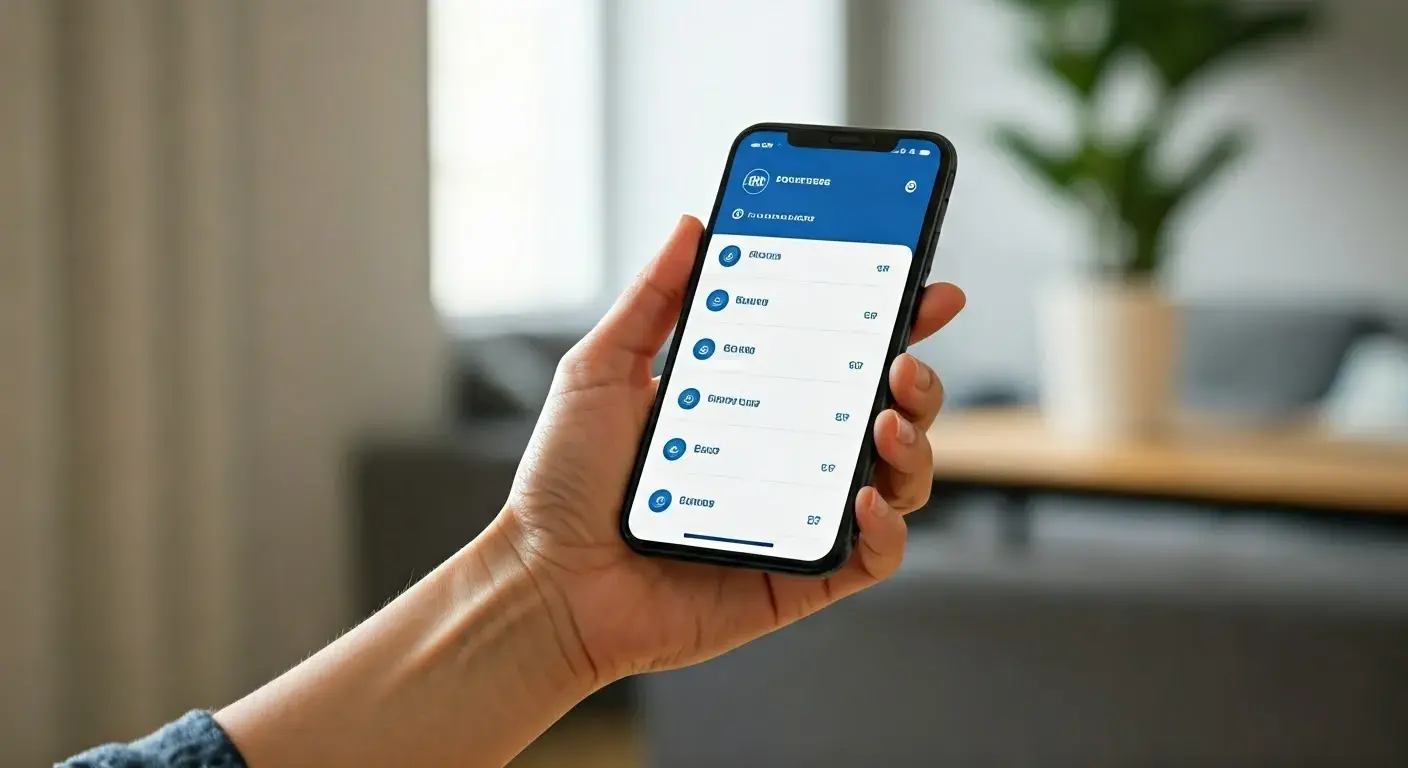In a fast-paced technological landscape, understanding how to change ADT code is a fundamental skill. ADT (Abstract Data Type) codes play a crucial role in software development, and updating them is necessary to enhance functionality and security. This article aims to demystify the process and provide you with expert advice on ensuring a seamless transition.
How to Change the ADT Code? The Essential Steps
Understanding the Current Codebase
Before diving into any code changes, it's vital to have a thorough understanding of the existing ADT code. Familiarize yourself with the structure, logic, and dependencies to identify potential areas for improvement.
Conducting a Code Review
A comprehensive code review is essential to spot inefficiencies, bugs, or areas that require enhancements. Involve a team of experienced developers to analyze the code and provide valuable feedback.
Creating a Backup
Ensure you have a reliable backup of the current codebase before initiating any changes. This backup will serve as a safety net in case unexpected issues arise during the update process.
Identifying Key Changes
Identify the specific changes needed in the ADT code. This could involve adding new features, improving performance, or enhancing security. Clearly outline these changes to streamline the development process.
Implementing the Changes
Carefully implement the identified changes in the ADT code. Follow best coding practices, maintain consistency, and optimize the code for better performance.
Testing Thoroughly
Rigorous testing is paramount to ensure the changes made to the ADT code function as expected. Perform unit tests, integration tests, and system tests to validate the functionality and uncover any potential issues.
Deployment and Monitoring
Once the testing phase is successful, deploy the updated ADT code in the production environment. Continuously monitor the system for any unexpected behavior or performance issues post-deployment.
Conclusion
Changing ADT code is a critical aspect of software development, essential for progress and security. With a systematic approach, thorough testing, and a skilled development team, the process can be smooth and beneficial. Stay updated with the latest practices and tools to ensure your ADT code remains efficient and robust.






